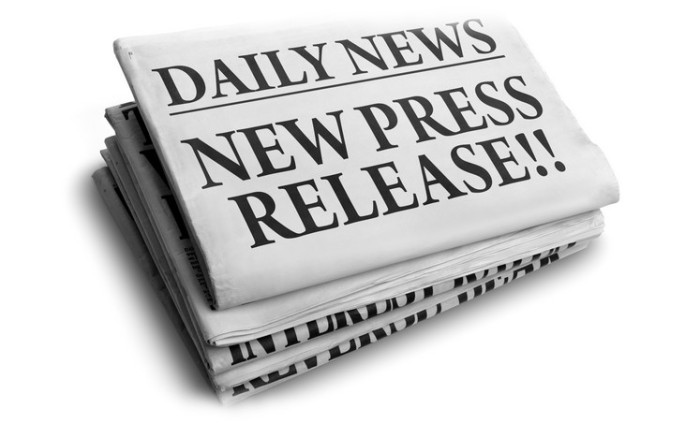by Caledonia Skytower
3. Words matter. So does how you use and share them
Every time you begin considering promoting anything you will need what is loosely referred to in the trade as “collateral.” Promotional collateral comes in two primary forms: words and images. You need both to successfully draw people to support your efforts. You them for a number of reasons, the primary one being that people are different and respond to different informational stimuli. (see post #1 – “Blasting the Myths”). So you want to attract people’s attention by using both appealing images and impactful words.
Think about the advertising you see everyday: “the promise”, “be curious”, “experience live…”. Those are just a few that I saw easily from my computer screen just now. You need words, phrases, even whole paragraphs that help people understand what you are doing and where they might fit into your scheme of things. It is important to think of these words as variations on a central theme, and one that you command. You need to be consistent: use concise phrases for social media posts or group IMs, those same phrases should be reflective in larger communications. The shorter words are relatively easy. This post is focusing on what people trip up on most: the larger words.
In our respective positions as former columnist and present blogger, Inara and I have discussed many times how people will organise something and expect that (because they know you) somehow you know what their plans are and should cover it. They genuinely get upset when you don’t dig up all their details and whip up a mighty mess of journalistic prose to fulfil their dreams of effective press coverage. In fact, when I started writing for the SL Enquirer back in 2010 I made it a point of letting anyone I knew in the virtual arts know that I was writing, and asking to send me information about what they were doing. Crickets – that’s what I got. The sound of crickets. In over a year of writing that column, only once did anyone ever contact me about what they were doing. That person was not even someone I knew!
NEWS BLAST: bloggers, reporters, etc only report on information provide for them. Otherwise, it is far to time consuming to sift through all the possible “what if’s” for news. It goes farther than that, you also need to make your news easy and interesting to cover. You need to make your news newsworthy.
“That’s cheating!” you say, “they are supposed to be the journalists. They are supposed to delve into the truths of our time.” WRONG! Release the 1950s television illusion of the hard-boiled investigative reporter. Most contemporary writers and bloggers are just trying to sift through all the dreck that pretends to be news trying to figure out what is really worth the time and coverage. That is a full-time job itself.

Several years ago I went to a workshop a colleague was hosting for small theatre companies which included several speakers on a number of subjects. One of them was a member of the local press – an arts reporter, in fact. He was the first presenter and he came in wearing a full dog costume (not unlike what I am wearing in the photo, sans spiked heels) and sat himself comfortable in an overstuffed chair that had been provided for him, took a big sip of his coffee and set it down before crossing his arms (paws?) and saying, ” If you want me to behave the in way you’d like, you need to take good care of me.” He went on to enumerate press release formats, timing, the need for images, etc. His opening comment has never left me.
Your objective is to make the job publishing your information as easy as possible. Don’t think of it as enticing reporters to write about you; think about it as writing the article for them. The ease and accessibility of your information increases your likelihood of getting the release picked up. If someone has the time to delve farther, they will. If not, your information/message still stands a chance of getting out there and in the very form you designed. 85% of the virtual press coverage I get for the things I do are direct reposts of my press release. The other 15% liberally mine information, quotes, links from what I provide.
Look at where people are looking for information – blogs, virtual media, information and special interest groups. I resuscitated my press list a few years ago when a fairly well attended artistic project posted a list of the press they had gotten for that project. It was big! I grabbed it, researched it with the help of a friend, and it became the basis of the list that I use now (it’s not about stealing, it’s about recognizing what is worth stealing – that group made it public!). I update the list every time I send out a release, and you should too because these contacts change rapidly and contacts can become stale faster than you think. We’ll talk more about building networks and relationships in a later post.
No matter how you choose to communicate your information, whether you choose to adopt a more traditional press release format or not, whatever you send should have this basic information at the very top:
- Issue date – when it was sent
- Release date – when it is okay to post it
- End date – when is it no longer news
- Who to contact, the sponsoring organization, an email contact (the last is optional, but I assure you that you increase the possibility of additional coverage if you have a contact that is outside of missed IMs and lost note cards)
- A headline or title … your “What”
- “{Region or estate where this is happening}, Second Life”

I email releases to people I have addresses for, and send the release in note card form in-world for those that I do not. Whether it’s the subject line on an email or the name on a note card, they all are titled PRESS RELEASE with a version of the headline following in regular type. Here are some other tips:
- Put the event essentials in the first paragraph. Remembers the Basics: Who, What, When, Where.
- Always write in third person, as if you were the reporter
- Always include quotes by people involved, expressing how excited they are, why this is important to the community, OR how this event is unique.
- Never longer than a page and a half at most (Times New Roman 11 or 12 pt, single space, letter)
- Always leave information and links to how people can learn more, rather than putting every detail in the release (Remember “How”?)
- Always include 2-3 images: a poster image and other interesting shots, both vertical and horizontal orientation. Images with people doing things are best. (more on that in the next post)
- End your release text with ## so that whomever reading it knows (hopefully) that the re-printable text has ended. Put any end notes that you don’t want printed, and list you included images by the name on the files and indicate the format goes after those symbols.

If you do this early you 1) increase your chance of being covered and 2) you will discover that all the other iterations of words that you need will be shorter, adapted versions of this one document: information note cards in posters, group notices, social media posts. You will never need as many words as you will need in a press release. (Note: if you are promoting your event with note cards and multiple long paragraphs you are shooting yourself in the foot. Remember to “keep it simple, and leave them knowing how to get more…”)
The “larger words” are a challenge. The more you do them the easier it gets, and the more you will see how all the words you use to promote are related to each other. The results will be evident in the number of postings you get, and the people who respond to them.
For more in basics of press releases, I recommend this article by Geoffrey James of CBS Moneywatch, November 10, 2010: How To Write a Press Release, with Examples
NEXT POST: Creating visual collateral.
Catch the Entire Series
If You Just Build It… is a multi-part series. To catch up with everything, follow the links below.

One thought on ““If you just build it, They might not come: promoting events in Second Life” (3)”
Comments are closed.